Lead flashing is an integral part of your roofing structure. Flashings and cappings are strips of metal formed to weatherproof the edges of roofing and walling.
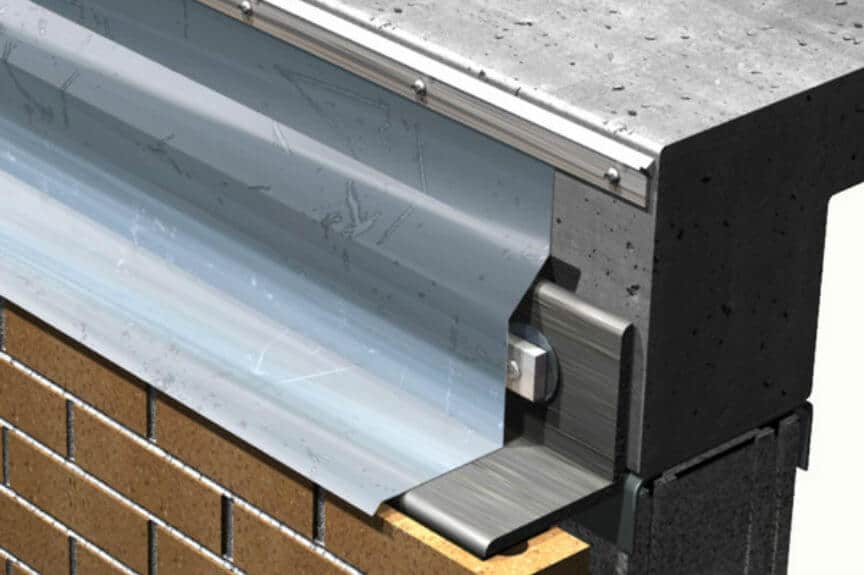 What Are The Different Types Of Flashing Your Own Architect
What Are The Different Types Of Flashing Your Own Architect
Over time trapped water leads to decay-not only in wood building materials but even in metal fasteners that hold the deck together.
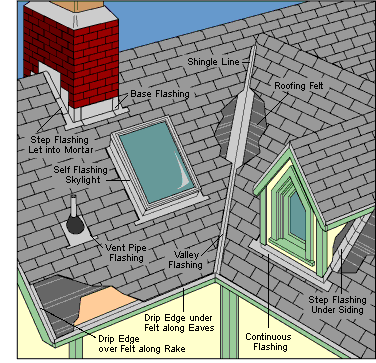
What is the purpose of lead flashing. There are three main factors you must take into consideration when installing lead flashings. Flashing is installed to surround roof features such as vents chimneys and skylights. The primary purpose of this thin material is to direct and carry water away from delicate or critical areas of your roof.
The purpose of lead chimney flashing is to form a water proof bridge between the sides front and back of the chimney and the roof structure and is normally constructed out of lead. Galvanized Steel Z-Flashing is made from 28-Gauge galvanized steel. Water should then run down the side of the flashing and wind up getting directed to the shingles instead of finding a way into the roof deck.
Common places that will need flashing are around doors windows and solar panels or anywhere where a roof plane meets a vertical surface as this is a vulnerable area that could allow the passage of water into the roofing structure. Without a flashing fitted rain water would run down the chimney or the higher area of roof tiles and just disappear into the house interior where the chimney rises through the roof. Without flashing theres nothing to prevent water from seeping behind the ledger board that connects deck framing to the house.
Roof flashing is a thin material usually galvanized steel that professional roofers use to direct water away from critical areas of the roof wherever the roof plane meets a vertical surface like a wall or a dormer. You can go years without having any animal damage to these roof jacks. Lead roof flashing is an integral part of any roofing structure and works to prevent the passage of water into the structure from a joint.
One of the main purposes of the roof is to protect against weather and to prevent the ingress of water. It is used to protect the horizontal joints between sheets of siding from water infiltration. What is the Purpose of Flashing on a Roof.
Once known as milled lead rolled lead has been produced since the mid-1700s. Roof flashing is a key product to use to complete your roof and without it you risk the ingress of water which could lead to rot mould and leaks. This lead flashing installation guide will answer some of your questions about lead flashing.
It prevents the impact of water penetration and ensures that any parts surrounding your roof are not affected or damaged. Roof flashing is required on your roof to keep water from getting underneath your shingles with the help of underlayment. For the purposes of this chapter only the term flashing is used.
Why lead flashing is good for your roof. The Purpose of Roof Flashing. Laps between pieces should not be less than 100mm.
22 PURPOSE OF FLASHING The purpose of a flashing is to make the building weather-resistant and to prevent water from entering the building by diverting it. Code 4 lead sheet is normally used for this work and it is important that the length of each piece of flashing does not exceed 15m. Flashing is critical to certain areas of your roof namely the places where the roof surface meets a wall valleys protrusions such as vents and skylights and the roofs edges.
It appears that once it occurs the little gnawers squirrels and rats just cant seem to quit. Nobody really knows why squirrels gnaw on the lead. The result is never good and often expensive and time-consuming to repair.
Lead flashings are a common sight on almost all roof types and are a fundamental element in providing waterproof protection to roofing systems. The flashing is installed to surround the features of the roof like chimneys vents and skylights. Cover flashings are used where a felt or similar roof covering turns up against a wall.
Roof flashings are fitted primarily to maintain a watertight roof. Click here to find out more about lead flashing in general. The purpose of the lead covering is to prevent rainwater from leaking into the attic and resulting in roof rot.
Nowadays its still widely used for roofing and weatherproofing jobs most commonly on dormer windows flat roofs and chimneys. The Purpose of Roof Flashing. At Roofinglines milled lead is available in 3 and 6 metre lengths and in a wide variety of widths to suit the area youre working on.
The large leg of the metal goes against the wall leaving the seat and face covering the.
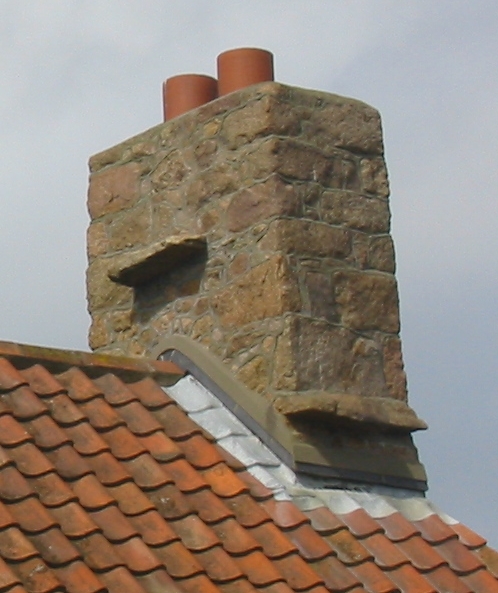 Flashing Weatherproofing Wikipedia
Flashing Weatherproofing Wikipedia
 The Importance Of Roof Flashing Infinite Roofing Blog
The Importance Of Roof Flashing Infinite Roofing Blog
 How To Repair Roof Flashing Hometips
How To Repair Roof Flashing Hometips
 Your Lead Flashing Questions Answered Jj Roofing Supplies
Your Lead Flashing Questions Answered Jj Roofing Supplies
 What Is Metal Roof Flashing And Why Do You Need It
What Is Metal Roof Flashing And Why Do You Need It
 Everything You Need To Know About The Lead Alternatives To Lead Flashing Roofing Superstore Help Advice
Everything You Need To Know About The Lead Alternatives To Lead Flashing Roofing Superstore Help Advice
 Your Lead Flashing Questions Answered Jj Roofing Supplies
Your Lead Flashing Questions Answered Jj Roofing Supplies
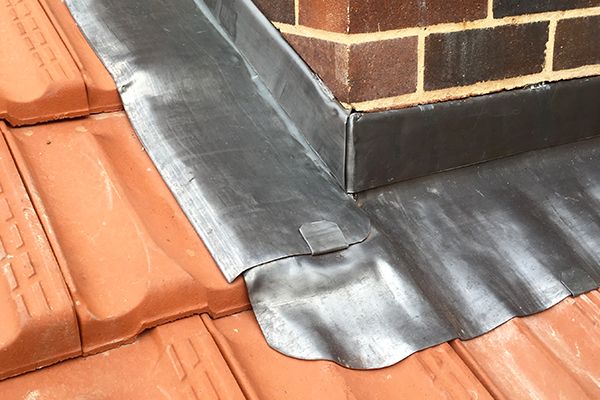 Lead Roofing Sydney Lead Flashing Lead Gutters
Lead Roofing Sydney Lead Flashing Lead Gutters
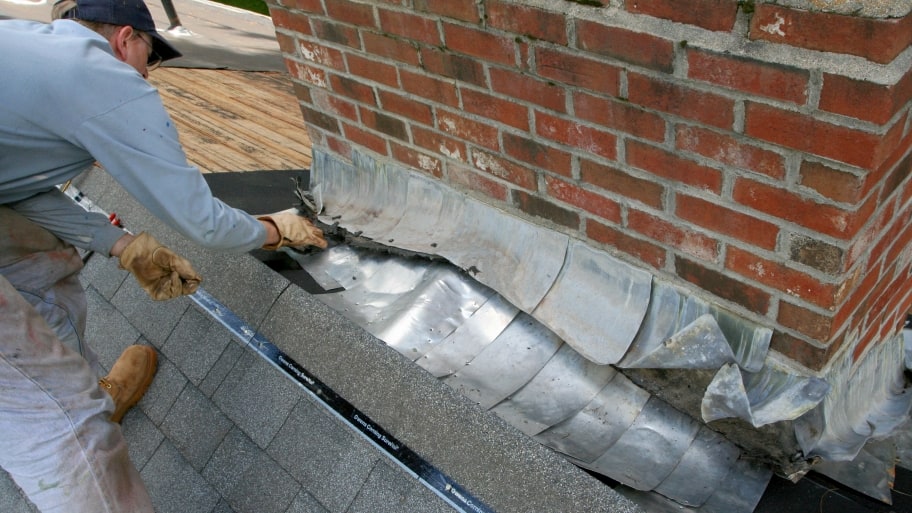 Why Is Roof Flashing So Important Angie S List
Why Is Roof Flashing So Important Angie S List
 What Code Lead Flashing Do I Need For My Roofing Job Roofinglines
What Code Lead Flashing Do I Need For My Roofing Job Roofinglines
 Mastering Roof Inspections Flashing Part 5 Internachi
Mastering Roof Inspections Flashing Part 5 Internachi
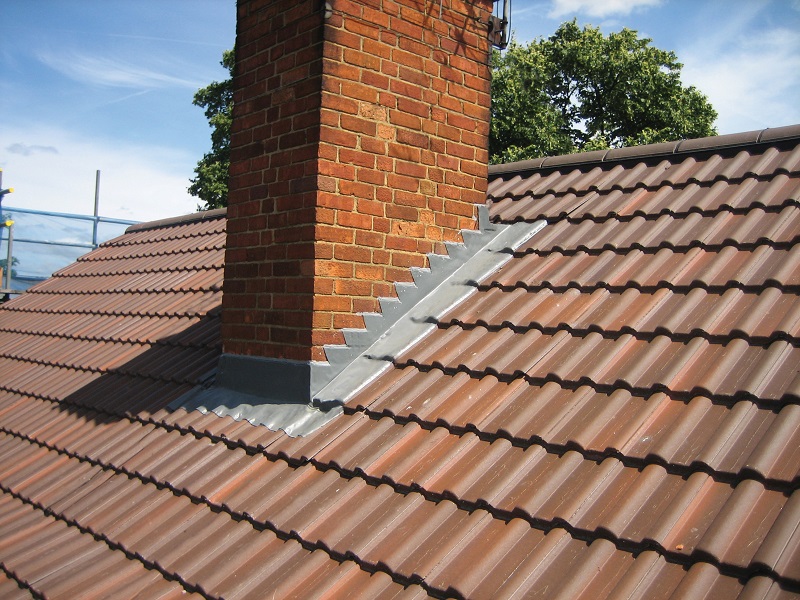 Flashing In Building Construction Designing Buildings Wiki
Flashing In Building Construction Designing Buildings Wiki
 Flashing Weatherproofing Wikipedia
Flashing Weatherproofing Wikipedia
 Common Flashing Details Building Science Consulting
Common Flashing Details Building Science Consulting
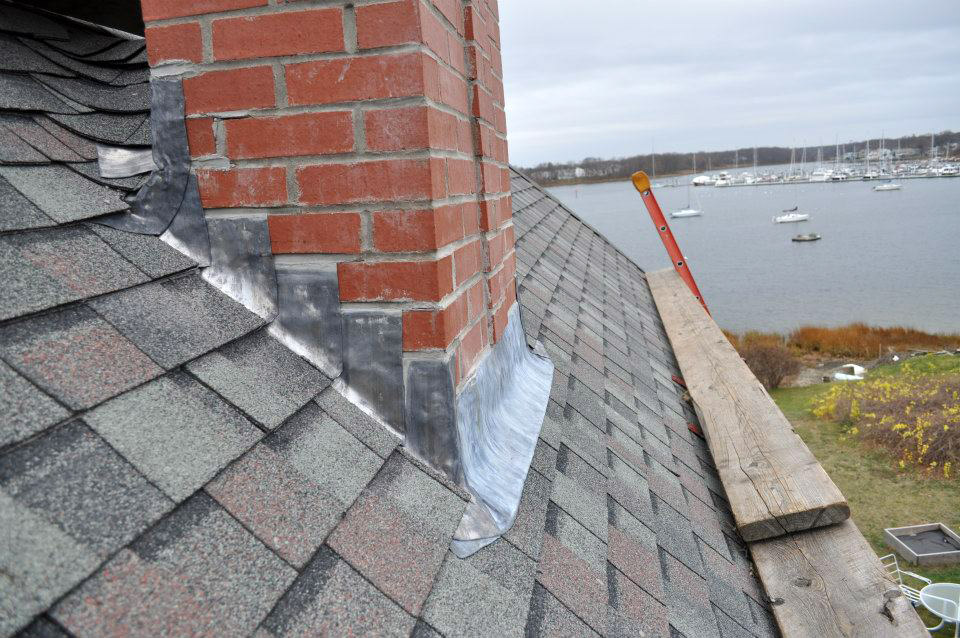 Chimney Counter Flashing Shows Quality Pca Inspections
Chimney Counter Flashing Shows Quality Pca Inspections
 The Importance Of Roof Flashing Infinite Roofing Blog
The Importance Of Roof Flashing Infinite Roofing Blog
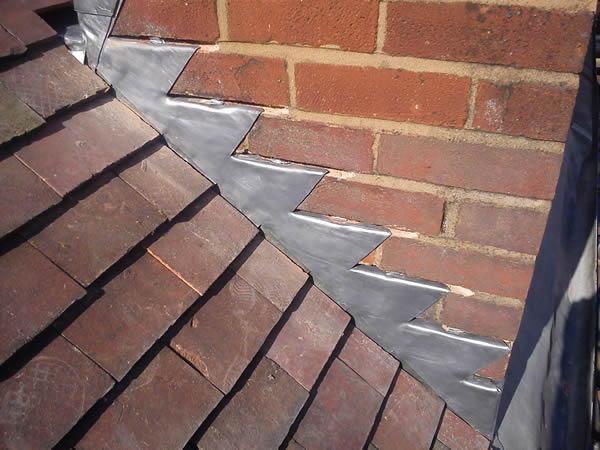 Lead Flashing Roof Repair Line
Lead Flashing Roof Repair Line
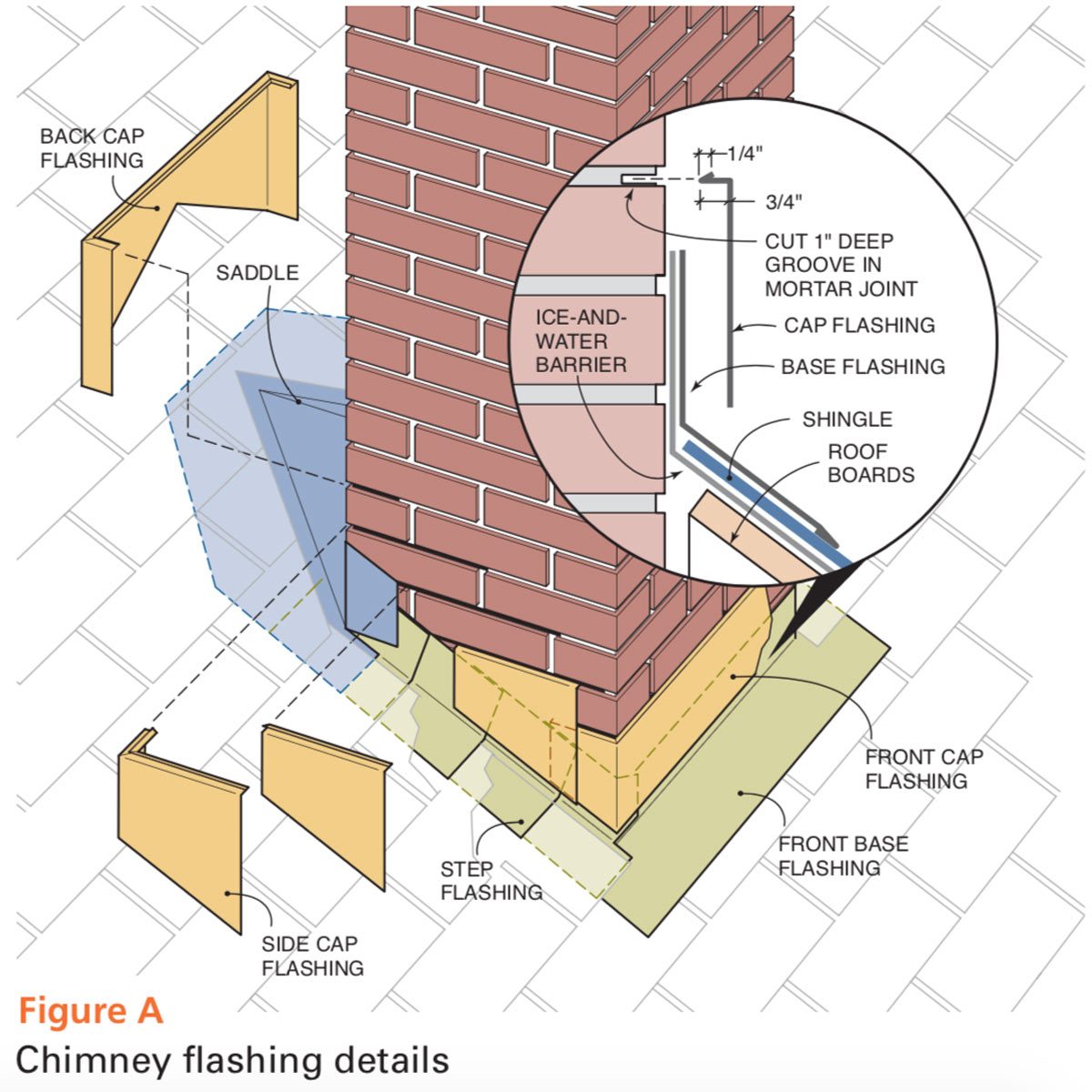 Installing Chimney Flashing Diy Family Handyman
Installing Chimney Flashing Diy Family Handyman